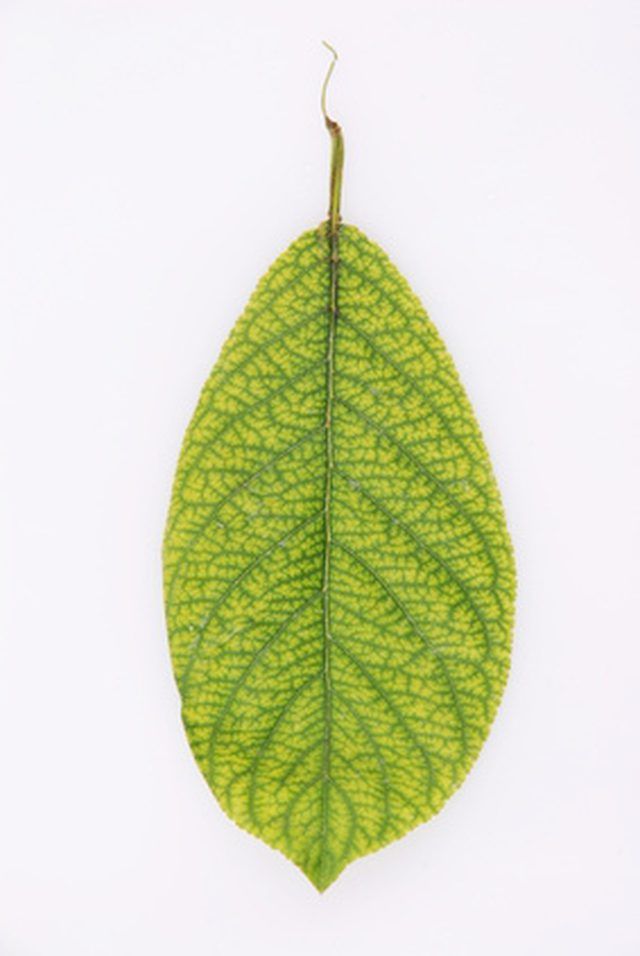Bulbs
Flower Basics
Flower Beds & Specialty Gardens
Flower Garden
Garden Furniture
Garden Gnomes
Garden Seeds
Garden Sheds
Garden Statues
Garden Tools & Supplies
Gardening Basics
Green & Organic
Groundcovers & Vines
Growing Annuals
Growing Basil
Growing Beans
Growing Berries
Growing Blueberries
Growing Cactus
Growing Corn
Growing Cotton
Growing Edibles
Growing Flowers
Growing Garlic
Growing Grapes
Growing Grass
Growing Herbs
Growing Jasmine
Growing Mint
Growing Mushrooms
Orchids
Growing Peanuts
Growing Perennials
Growing Plants
Growing Rosemary
Growing Roses
Growing Strawberries
Growing Sunflowers
Growing Thyme
Growing Tomatoes
Growing Tulips
Growing Vegetables
Herb Basics
Herb Garden
Indoor Growing
Landscaping Basics
Landscaping Patios
Landscaping Plants
Landscaping Shrubs
Landscaping Trees
Landscaping Walks & Pathways
Lawn Basics
Lawn Maintenance
Lawn Mowers
Lawn Ornaments
Lawn Planting
Lawn Tools
Outdoor Growing
Overall Landscape Planning
Pests, Weeds & Problems
Plant Basics
Rock Garden
Rose Garden
Shrubs
Soil
Specialty Gardens
Trees
Vegetable Garden
Yard Maintenance
Tree Leaf Identification
Tree Leaf Identification. Botanists identify trees by looking at the traits of their leaves. Because there are so many types of trees, this can be a lengthy process requiring the help of a leaf key or field guide. Start by making a few simple observations. Does the tree have leaves or needles? How are they shaped? Are they attached in an...

Botanists identify trees by looking at the traits of their leaves. Because there are so many types of trees, this can be a lengthy process requiring the help of a leaf key or field guide. Start by making a few simple observations. Does the tree have leaves or needles? How are they shaped? Are they attached in an alternating or opposite pattern? Narrow the possibilities until you have an identification.
Conifers
Trees, large woody perennials with a single erect trunk and well-defined crown, can be either deciduous or coniferous. If the tree has broad, flat leaves that fall off every autumn, it is deciduous. If it has evergreen needles on its branches all year, it is coniferous. This is the starting point for all leaf identification. If the tree is coniferous, it has needles that are either single, clustered or scaly. Single needles emerge from one point, such as the needles of a Colorado spruce. If there are two or more needles arising from a single point, then the needle is clustered. Scotch pine is an example of a conifer with clustered needles. If the needles have a scale-like appearance that overlap each other, they are scaly needles. An example is the eastern red cedar.
Deciduous Leaves
There are many types of deciduous leaves. They can be simple (a basic oval, circle or triangle), lobed (noticeable indentations on the edges), compound (composed of smaller leaflets growing along a single stalk), twice compound (small leaflets growing along the edge of a thinner, secondary stalk attached to the main stalk), or palmate compound (leaflets emerging from a common central point at the end of a leafstalk). Identifying these characteristics will further narrow the identification.
Attachments
Deciduous leaves also are classified by the way they are attached to a twig. Are the leaves opposite one another, or do they alternate along the stalk? Leaves can be simple opposite (single simple leaves attached directly opposite each other on the twig), lobed opposite (single lobed leaves attached directly opposite one another), compound opposite (groups of leaflets opposite each other) or palmate compound opposite (palmate leaves opposite each other). Alternate leaves can be simple alternate, lobed alternate, compound alternate or twice compound alternate.
Leaf Terms
Familiarize yourself with leaf terms when identifying trees. The sinus is the indentation of the edge of a leaf. The midrib is the central vein, which has smaller veins branching from it. Bristle-tipped leaves have a pointy edge. A lobe is a section of a leaf. A margin is the outline, and the leaf base is where it attaches to the leafstalk, or petiole. Teeth are bumps along the outer edge, and double-toothed leaves have bumps on each tooth. These are all characteristics to consider when making an identification.
Leaf Key
To identify a tree by its leaves, start by asking questions. Is it a coniferous (needles) or deciduous (broad and flat) leaf? Continue the identification process by looking at the shape of the leaf and its attachment to the stalk. For example, if the tree is deciduous, with simple opposite leaf attachment, an oval shape, a toothless margin, and the tree bears flowers and red berries, it can be identified as an eastern flowering dogwood, or Cornus florida.